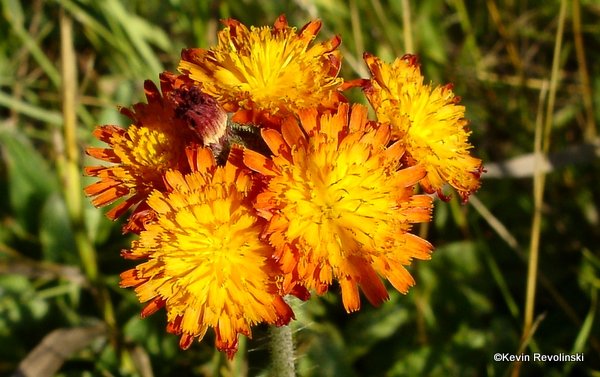

Dicots Concluded (Pyrolaceae - Compositae). University of Pennsylvania Press, Philadelphia, PA. The Plants of Pennsylvania, an Illustrated Manual. New York Natural Heritage Program, New York State Department of Environmental Conservation. Ecological communities of New York State. Newcomb's Wildflower Guide: An Ingenious New Key System for Quick, Positive Field Identification of the Wildflowers, Flowering Shrubs, and Vines of Northeastern and North-Central North America. New York Natural Heritage Program Databases.

New York State Department of Environmental Conservation. The New York Botanical Garden, Bronx, New York. Illustrations of the Vascular Plants of Northeastern United States and Adjacent Canada. The Illustrated Companion to Gleason and Cronquist's Manual.
#Yellow paintbrush flower manual
Manual of Vascular Plants of Northeastern United States and Adjacent Canada. A Field Guide to the Northeastern United States. The populations have declined substantially since then and will likely remain in low numbers.Ĭlemants, Steven and Carol Gracie. This species was most common in New York from the 1880s through the 1920s when there was much more open prairie-like habitat that has since regrown to forest or has been developed and farmed. The three smaller sites have not been resurveyed and their status is unknown. Short-term TrendsĪt the two large sites in the state the plants are remaining stable. There are 20-30 historical occurrences mostly from the 1880s through the 1920s. There are two large and three small populations and all of them are threatened in the long term by invasive species and habitat succession. Indian paintbrush is perfect for adding to any arrangement for excitement. Even though it may be difficult to grow because of its need for certain host plants the seeds are available through various wildflower nurseries. This is an amazing preserved and dried flower. The moving around does not stop there as the genus Castilleja has recently been transferred with other hemiparasitic members of the family Scrophulariaceae into the family Orobanchaceae. The genus Castilleja was named for Domingo Castillejo, Spanish botanist and Professor of Botany in Cadiz, Spain, in 1782 by Jose Celestino Mutis in Linnaeus' son's book Supplementum Plantarum. It was later transferred to the genus Euchroma in 1818 and finally to the genus Castilleja in 1825. Basal leaves formed during first year, short, oblong, with rounded ends. These beautiful flowers come in a variety of colors from scarlet to light pink. The true flowers are usually a light yellowish green and have five. The actual flowers are inconspicuous, tubular, greenish-yellow, and nestled in the axils of the brilliantly colored bracts, which can be red, orange, or yellow. RF 2JJ0PGTEarly morning sunlight shining on Indian Paintbrush Wildflowers. The bright colors that we usually think of as flowers are actually specially adapted bracts. Castilleja coccinea was first described as a new species in 1737 by Linnaeus who placed it in the genus Bartsia. Description : Indian paintbrush has hairy, upright stems with flowers clustered at the top.


 0 kommentar(er)
0 kommentar(er)
